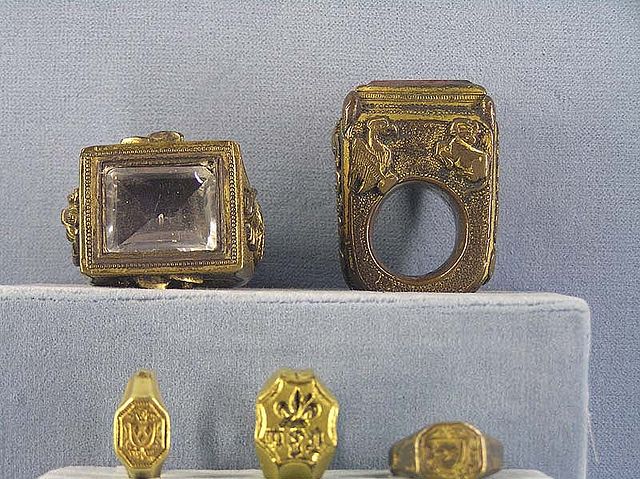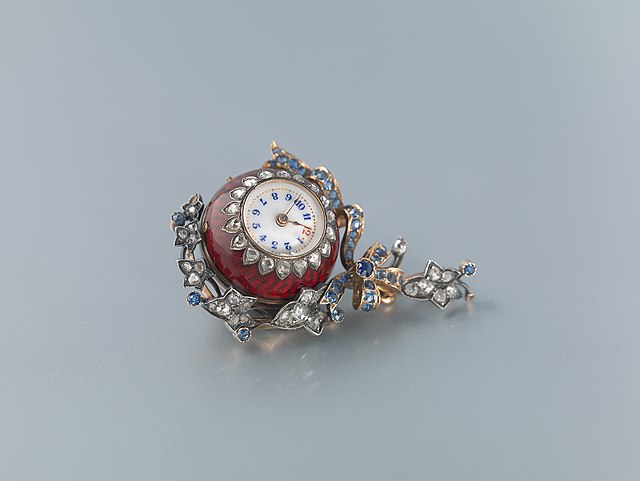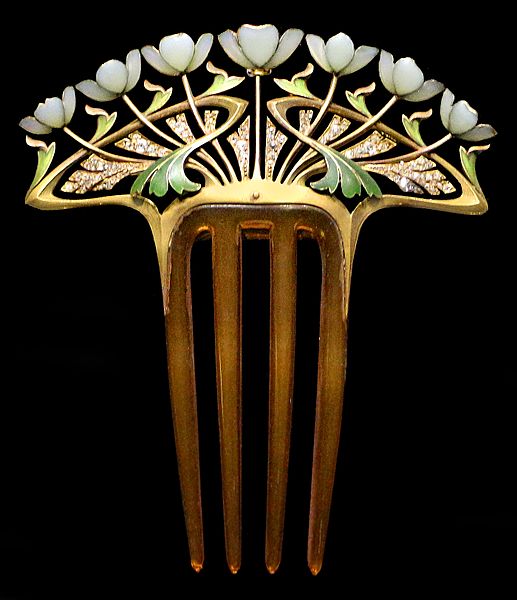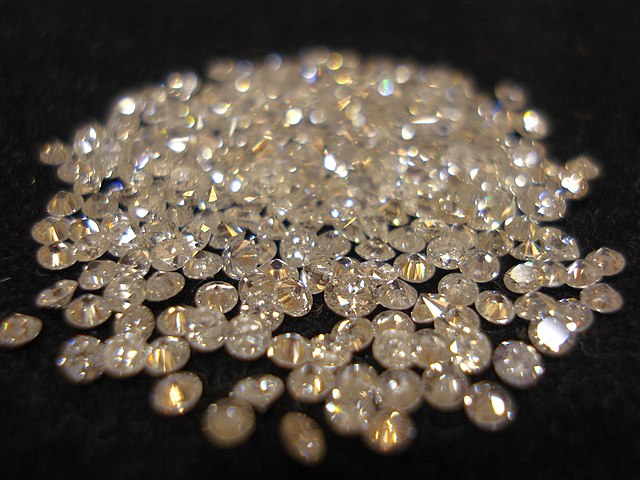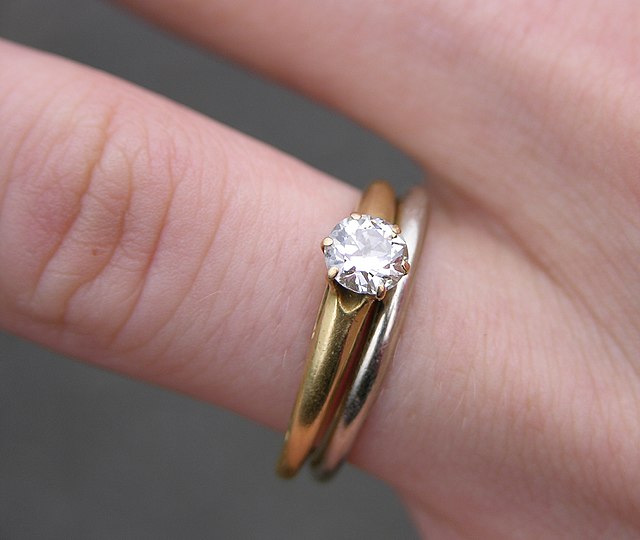A ring is a round band, usually made of metal, worn as ornamental jewelry. The term "ring" by itself denotes jewellery worn on the finger; when worn as an ornament elsewhere, the body part is specified within the term, e.g., earrings, neck rings, arm rings, and toe rings. Rings fit snugly around or in the part of the body they ornament, so bands worn loosely, like a bracelet, are not rings. Rings may be made of almost any hard material: wood, bone, stone, metal, glass, jade, gemstone or plastic. They may be set with gemstones or with other types of stone or glass.
Ruby ring
Henig II rings from the Snettisham Jeweller's Hoard
Episcopal rings for bishops and archbishops. (Musée national du Moyen Âge, hôtel de Cluny, Paris)
Image: Regards acrostic ring
Jewellery consists of decorative items worn for personal adornment, such as brooches, rings, necklaces, earrings, pendants, bracelets, and cufflinks. Jewellery may be attached to the body or the clothes. From a western perspective, the term is restricted to durable ornaments, excluding flowers for example. For many centuries metal such as gold often combined with gemstones, has been the normal material for jewellery, but other materials such as glass, shells and other plant materials may be used.
A gold, diamonds and sapphires red guilloché enamel "Boule de Genève", a type of pendant watch used as an accessory for women. An example of an object which is functional, artistic/decorative, marker of social status or a symbol of personal meaning.
Hair ornament, an Art Nouveau masterpiece; by René Lalique; c. 1902; gold, emeralds and diamonds; Musée d'Orsay (Paris)
Diamonds
A diamond solitaire engagement ring



